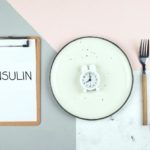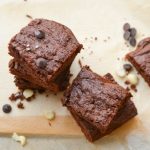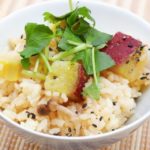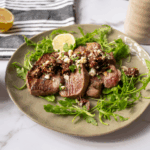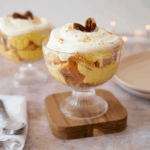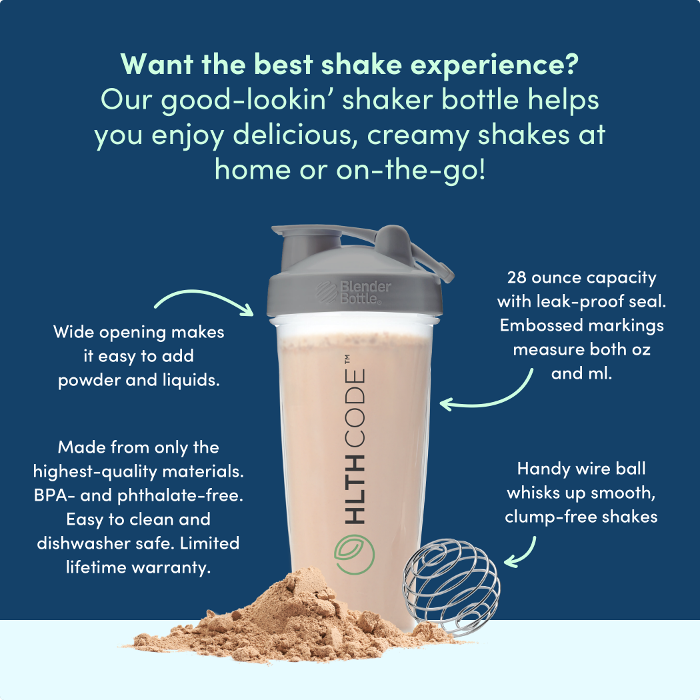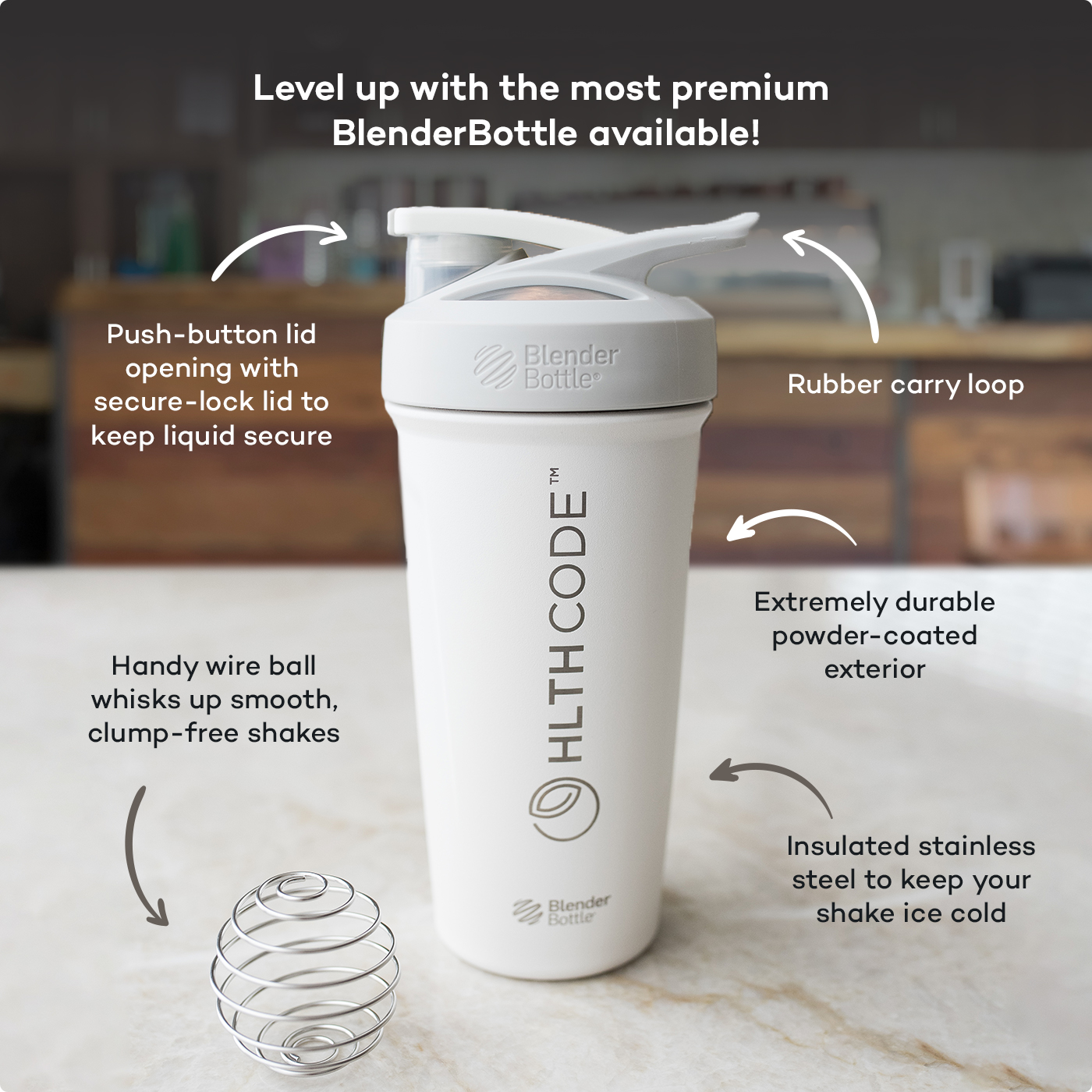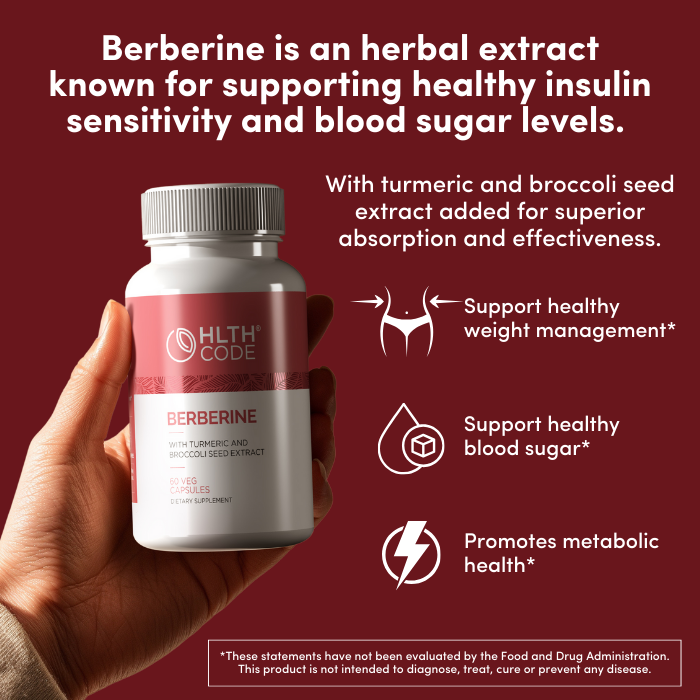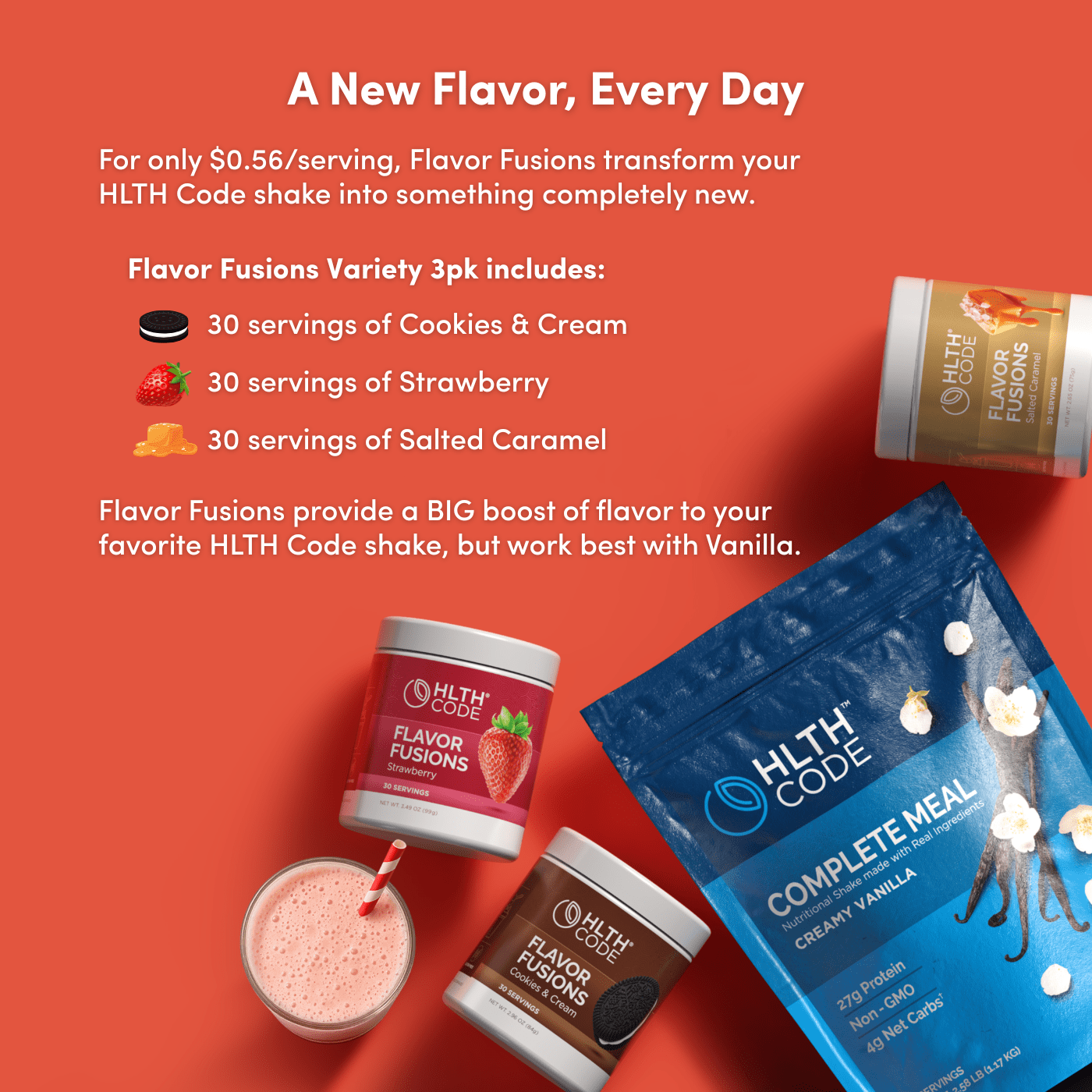Want a healthy gallbladder? Eat more fat
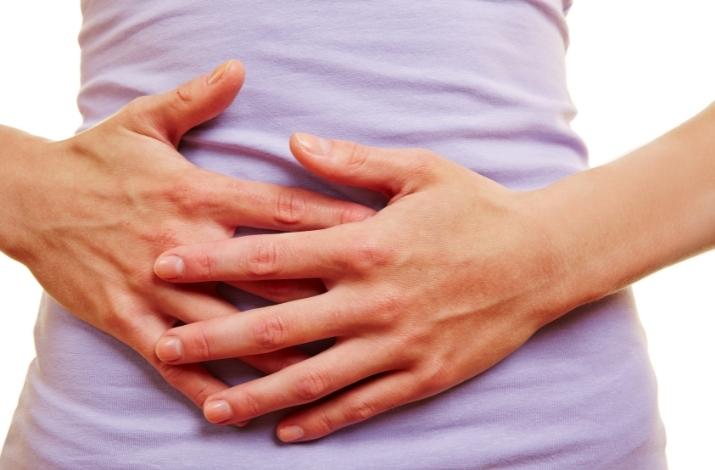
Insulin resistance and the Gallbladder
The gallbladder, located right beneath the liver, is the liver’s sidekick; they work together to properly digest the fats we eat. The gallbladder’s main job is to store bile, a fluid created by the liver. What we call “bile” is mostly water along with bile salts, bilirubin (a substance made up of old red blood cells), and cholesterol. These substances all act together to emulsify (i.e., pull apart) fats in the intestines so that they can be absorbed into the body. Essentially, fat moves as a big blob, making it too difficult for the fat-digesting enzymes to grab onto; bile helps break the blob up into smaller pieces. By acting as a reservoir for bile, the gallbladder allows the body to digest fat more readily than if the liver were forced to produce the required quantity each time.
The most common disorder of the gallbladder occurs when the otherwise very watery mix of bile becomes too thick, resulting in the formation of stones.
Gallstones
Bile can become prone to forming stones in two ways: the liver may be producing too much cholesterol, a component of bile, or the gallbladder may not be contracting often enough to push bile into the intestines. Insulin resistance affects both of these functions.
First, let’s look at the situation with excess cholesterol. A gallstone can form if the bile becomes too enriched with either bilirubin or cholesterol. The liver is responsible for removing old red blood cells from the body and bilirubin is a part of a degraded red blood cell—insulin resistance has nothing to do with this (so far as I know). However, insulin has a tremendous influence on the rate of cholesterol production in the liver. The cholesterol can either enter the blood or be moved into the bile and stored in the gallbladder. Thus, as the body becomes insulin resistant and insulin levels climb, the liver begins producing more cholesterol than normal, which can enrich the bile with too much cholesterol.
Multiple human studies have found that insulin resistance is one of the most significant risk factors for developing gallstones, predominantly cholesterol stones, the most common type worldwide. There’s even clearer evidence in animal studies that insulin and insulin resistance directly cause gallstone formation. One study in hamsters found that injecting the animals with insulin daily for one week was sufficient to increase cholesterol gallstone formation. In a second study, scientists created genetically modified mice that were insulin resistant only in the liver. They fed their rodent subjects a diet of cholesterol-enriched food. The liver-insulin-resistant animals, but not the normal mice, developed massive cholesterol stones.
The gallbladder is normally able to reduce the chances of a stone by contracting to pump bile into the intestines—essentially, it tries to empty itself before stones can form. This ensures that bile components, such as cholesterol, have less time to coalesce and form a stone.
Gallstones: What’s Fat Got to Do with It?
Gallstones have a lot to do with dietary fat. After a stone forms in a person’s gallbladder, they will very often feel sharp pain, which is the sensation of the gallbladder trying to eject bile into the intestines while the stone is blocking the duct. Ironically, dietary fat is one of the best ways to prevent a gallstone from forming. When a person eats fat, the gallbladder empties itself; increased dietary fat raises gallbladder motility (i.e., how often it contracts and empties), which helps prevent stone formation.
All of this explains why people who adopt a low-fat, low-calorie diet for weight loss (i.e., the most common method of weight loss) have an increased risk of gallstone formation and, eventually, may need to have the gallbladder removed.
Countering the gallbladder-emptying effects of dietary fat, the hormone insulin slows gallbladder contraction and emptying. In fact, the more insulin resistant a person is, the less the gallbladder contracts—and that’s true even in people who haven’t been diagnosed with insulin resistance. Even increasing insulin in a lab setting for a few hours is enough to dramatically slow gallbladder function.
What if your gallbladder has been removed?
Given that a low-fat diet is one of the worst things to do if you want to keep your gallbladder healthy, many people accrue so many stone that it needs to be removed. Thankfully, this isn’t catastrophic due to the recycling of bile. After bile is released into the intestines to help digest fats, some of it is actually reabsorbed into the blood, going back to the liver, and eventually into the intestines again (a process called “enterohepatic recirculation”). This is a normal process, but in cases of gallbladder removal, this process appears to speed up to help keep the bile flowing into the intestines. Essentially, with some time, fat digestion is able to get back to normal, even in the absence of the gallbladder.
Remarkably, gallbladder removal, and the higher amounts of bile recycling, might actually increase metabolic rate . This is because bile salts, in addition to helping digest fat in the intestines, stimulate body fat itself to have a higher metabolic rate!
Take-away thoughts
Our modern diet has created a perfect storm as far as the gallbladder is concerned—we eat low-fat, high-carbohydrate, insulin-spiking foods. This combination works together to not only concentrate the bile within the gallbladder, but also to slow the gallbladder from emptying, all of which leads to stones forming. Keep your gallbladder clean by following the core tenets of a smart diet—control carbohydrates (i.e., less processed) and don’t fear fat.
References
- Tsai, C.J., et al., Macronutrients and insulin resistance in cholesterol gallstone disease. Am J Gastroenterol, 2008. 103(11): p. 2932-9; Mendez-Sanchez, N., et al., Metabolic syndrome as a risk factor for gallstone disease. World J Gastroenterol, 2005. 11(11): p. 1653-7.
- Dubrac, S., et al., Insulin injections enhance cholesterol gallstone incidence by changing the biliary cholesterol saturation index and apo A-I concentration in hamsters fed a lithogenic diet. J Hepatol, 2001. 35(5): p. 550-7.
- Biddinger, S.B., et al., Hepatic insulin resistance directly promotes formation of cholesterol gallstones. Nat Med, 2008. 14(7): p. 778-82.
- Festi, D., et al., Gallbladder motility and gallstone formation in obese patients following very low calorie diets. Use it (fat) to lose it (well). Int J Obes Relat Metab Disord, 1998. 22(6): p. 592-600.
- Nakeeb, A., et al., Insulin resistance causes human gallbladder dysmotility. J Gastrointest Surg, 2006. 10(7): p. 940-8; discussion 948-9.
- Gielkens, H.A., et al., Effect of insulin on basal and cholecystokinin-stimulated gallbladder motility in humans. J Hepatol, 1998. 28(4): p. 595-602.
- Cortez, V., et al., Metabolic effects of cholecystectomy: Gallbladder ablation increases basal metabolic rate… PLoS One, 2015; 10(3): e0118478.
This article is for informational and educational purposes only. It is not, nor is it intended to be substitute for professional medical advice, diagnosis, or treatment and should never be relied upon for specific medical advice.



